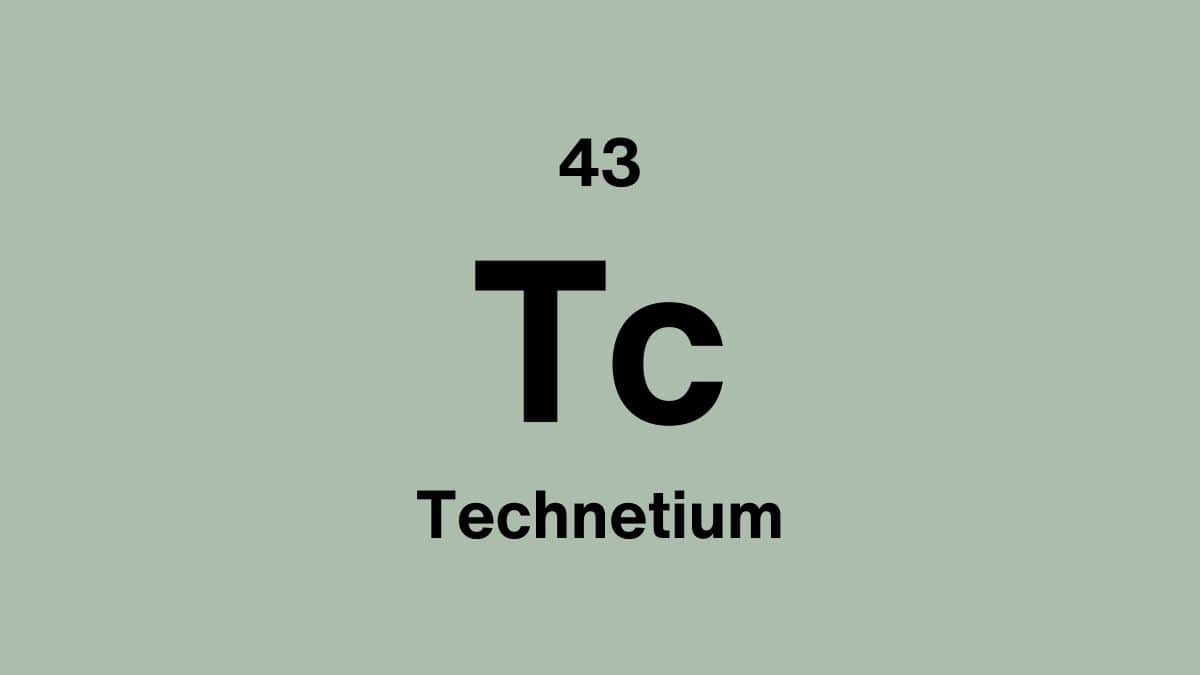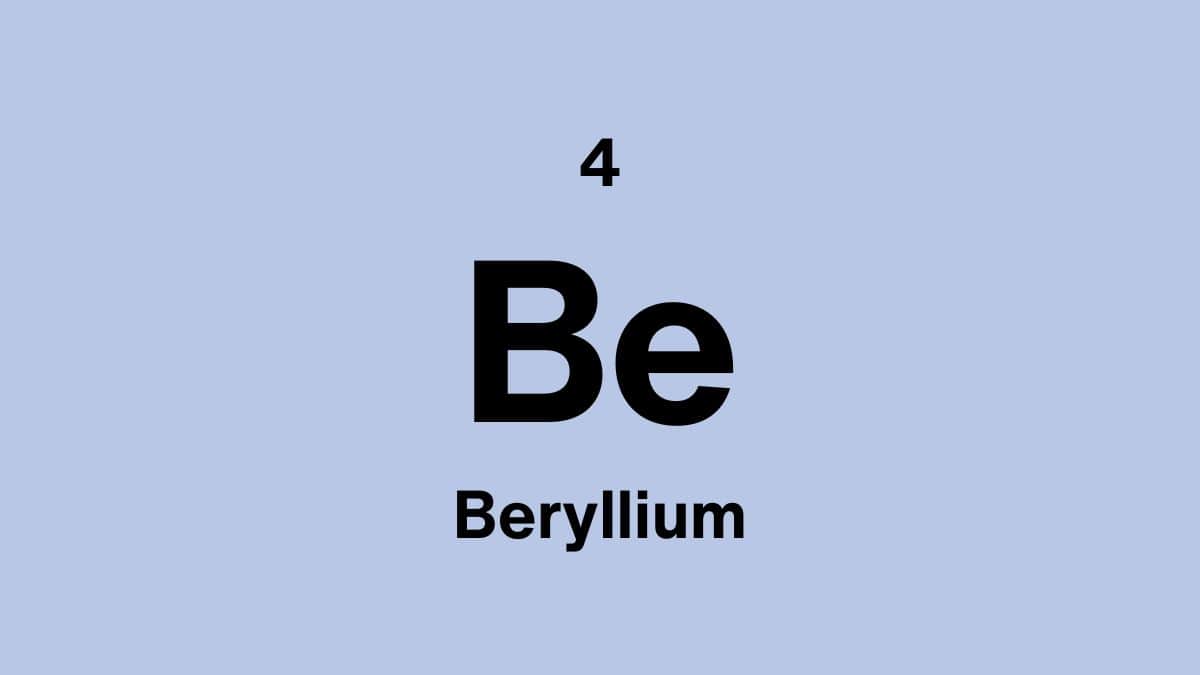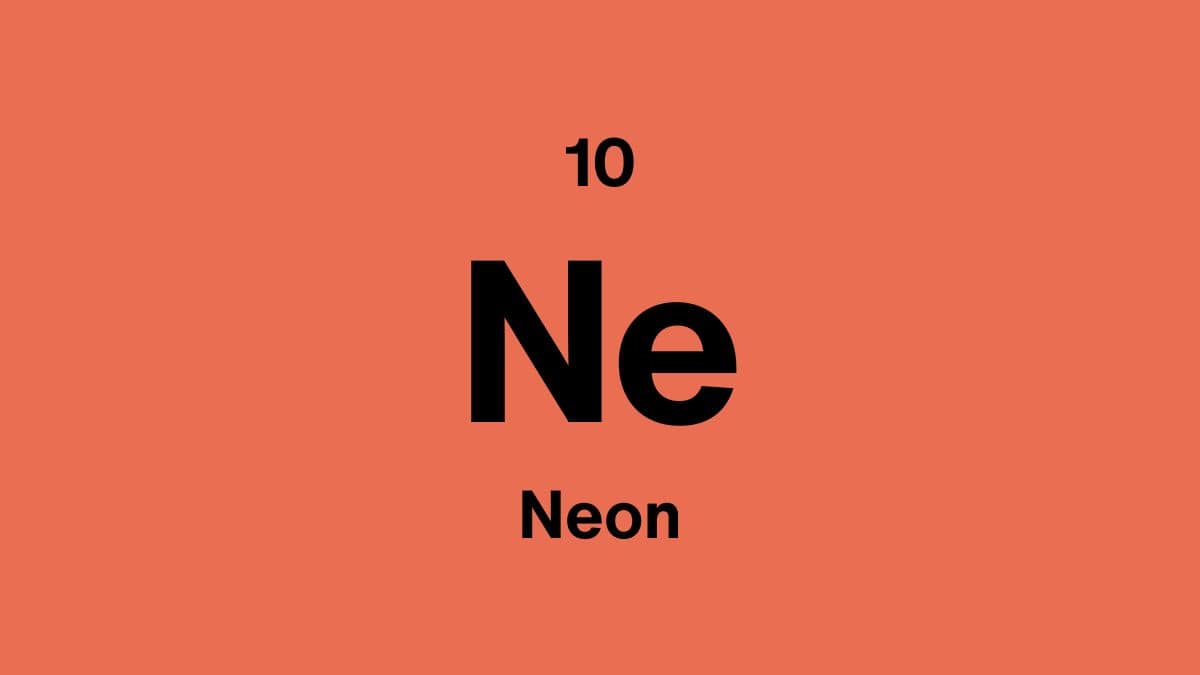Technetium Unveiled: The Radioactive Metal Powering Nuclear Medicine
Technetium is a radioactive transition metal with no stable isotopes. Its isotope Tc-99m is extensively used in diagnostic nuclear medicine due to its ideal half-life and gamma radiation emission. Technetium also serves as a tracer in industrial applications to study fluid flow and detect leaks in pipelines.
In this article, we explore technetium's properties, isotopes, industrial and medical uses, and main compounds.
Properties of technetium
| Atomic Number: | 43 |
| Atomic Symbol: | Tc |
| Atomic Weight (amu): | [98] |
| Electronegativity: | 1.9 |
| Melting point: | 2157.00°C | 3915.00°F | 2430.15K |
| Boiling point: | 4265.00°C | 7709.00°F | 4538.15K |
What does technetium look like?
Technetium is a silvery-gray metal with a metallic luster. Due to its radioactivity, it is rarely seen in its elemental form outside controlled laboratories.
Will we ever run out of technetium?
Technetium does not naturally accumulate on Earth due to its radioactive decay. It is primarily produced artificially in nuclear reactors, so supply depends on reactor output and isotopic production techniques.
Can technetium be recycled
Yes, technetium can be recovered from spent nuclear fuel and recycled for medical and industrial uses, reducing radioactive waste.
Technetium is recycled from:
- Spent nuclear reactor fuel
- Radioactive waste from medical isotope production
- Laboratory residues from research and industrial processes
Where can technetium be found?
Technetium is extremely rare in nature, appearing only in trace amounts in uranium ores. Practically all technetium used today is produced synthetically in nuclear reactors.
Is technetium expensive?
Technetium is expensive due to its radioactive production, specialized medical uses, and strict handling requirements.
Does technetium have a biological role?
Technetium has no known biological role. Its isotopes are used exclusively in medical imaging and industrial applications.
What is pure technetium used for?
- Nuclear Medicine: Tc-99m is widely used in diagnostic imaging for organs such as the heart, bones, and brain.
- Industrial Tracers: Helps detect leaks, monitor fluid flow, and study mechanical wear in pipelines and machinery.
- Scientific Research: Used in radiochemistry and nuclear physics experiments.
What are the main compounds with technetium?
- Technetium-99m Complexes : Used as radiopharmaceuticals in medical imaging.
- Technetium(VII) Oxide (Tc2O7) : Used in research and chemical studies.
- Technetium Alloys : Investigated for high-temperature and corrosion-resistant materials.
Who discovered technetium?
Technetium was discovered in 1937 by Italian scientists Carlo Perrier and Emilio Segrè. They identified it as the first artificially produced element, isolated from a sample of molybdenum that had been bombarded with deuterons.
Is technetium dangerous?
Technetium is radioactive. While Tc-99m has a short half-life and emits low-energy gamma radiation, safe handling protocols are required to prevent exposure. Other isotopes can be more hazardous due to beta emission and long half-lives.
Fun facts about technetium
- Technetium is the lightest element with no stable isotopes.
- Its name derives from the Greek word "technetos," meaning artificial.
- Tc-99m is used in over 30 million medical procedures annually worldwide.
- Technetium compounds can act as catalysts in industrial chemical reactions.
Scientific data verified from RSC, Britannica, and the Minerals Education Coalition.



